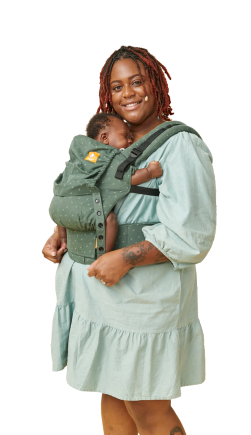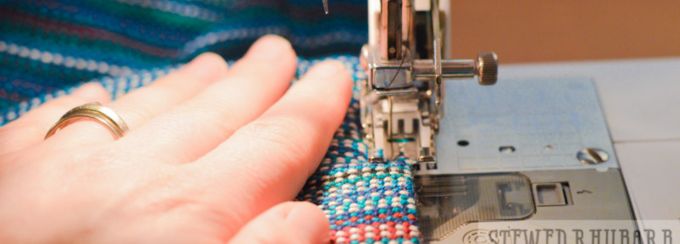BCIA Provides services and support for all kinds of babywearing businesses and professionals
Why should you join the BCIA?

Here’s what others have to say

My experience has been amazing. At first I was super intimidated about fulfilling all of the legal requirements around baby carrier regulations. I cannot express how helpful the BCIA has been in helping me understand CPSC regulations for my wraps and assisting me EVERY step of the way through labels, instructional material, testing and compliance certificates. I had a lot of questions come up along the way. Between the excellent information on the BCIA website and the personal assistance through email and over the phone, I was practically guaranteed success.

As a fairly new industry member, having to navigate through the extensive and specific compliance requirements can be extremely daunting and quickly “take the wind out of your sails. The level of knowledge and information provided to me was invaluable and a key factor in the success of my pullover baby wrap carrier. It is very reassuring to have a professional “body” to help support the babywearing industry by offering updated resources, discounts, education, and information on the current state of the industry. THANK YOU, THANK YOU, a thousand times THANK YOU for everything you have done to support me and my business.

News and Updates
Confused about the CPSIA, CPSC, ASTM, FTC, and the complexities of US baby carrier regulations?
US baby carrier regulations were a key topic of discussion at our April Babywearing Industry…
Baby Carrier Manufacturers Should Prepare for Increased Children’s Product Recalls in Europe
Children’s product recalls in Europe as well as product recalls in general occurred at record…
Key things to Know about Children’s Product Recalls in Canada
Learn about children’s product recalls in Canada and what kinds of shipments are stopped at…










